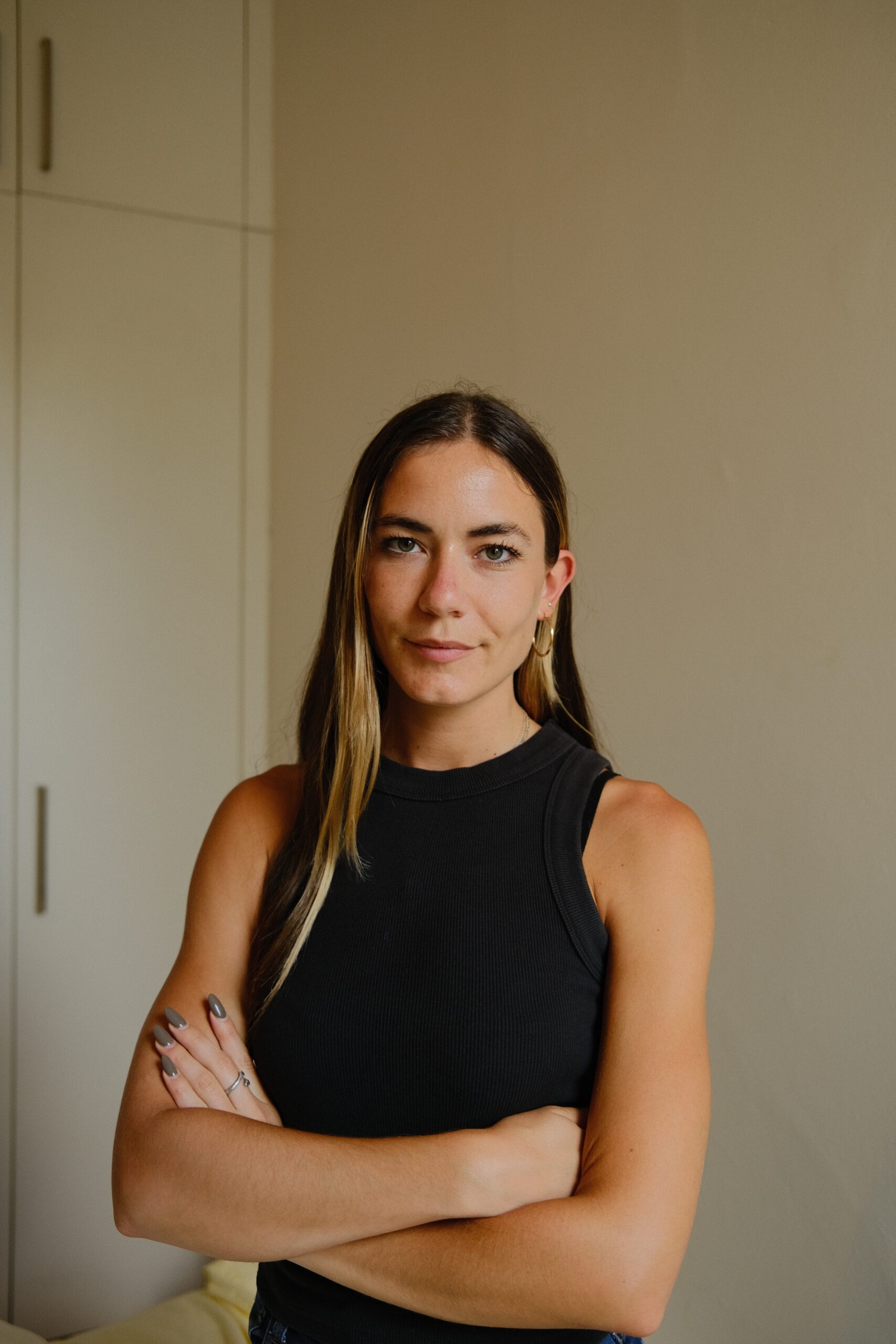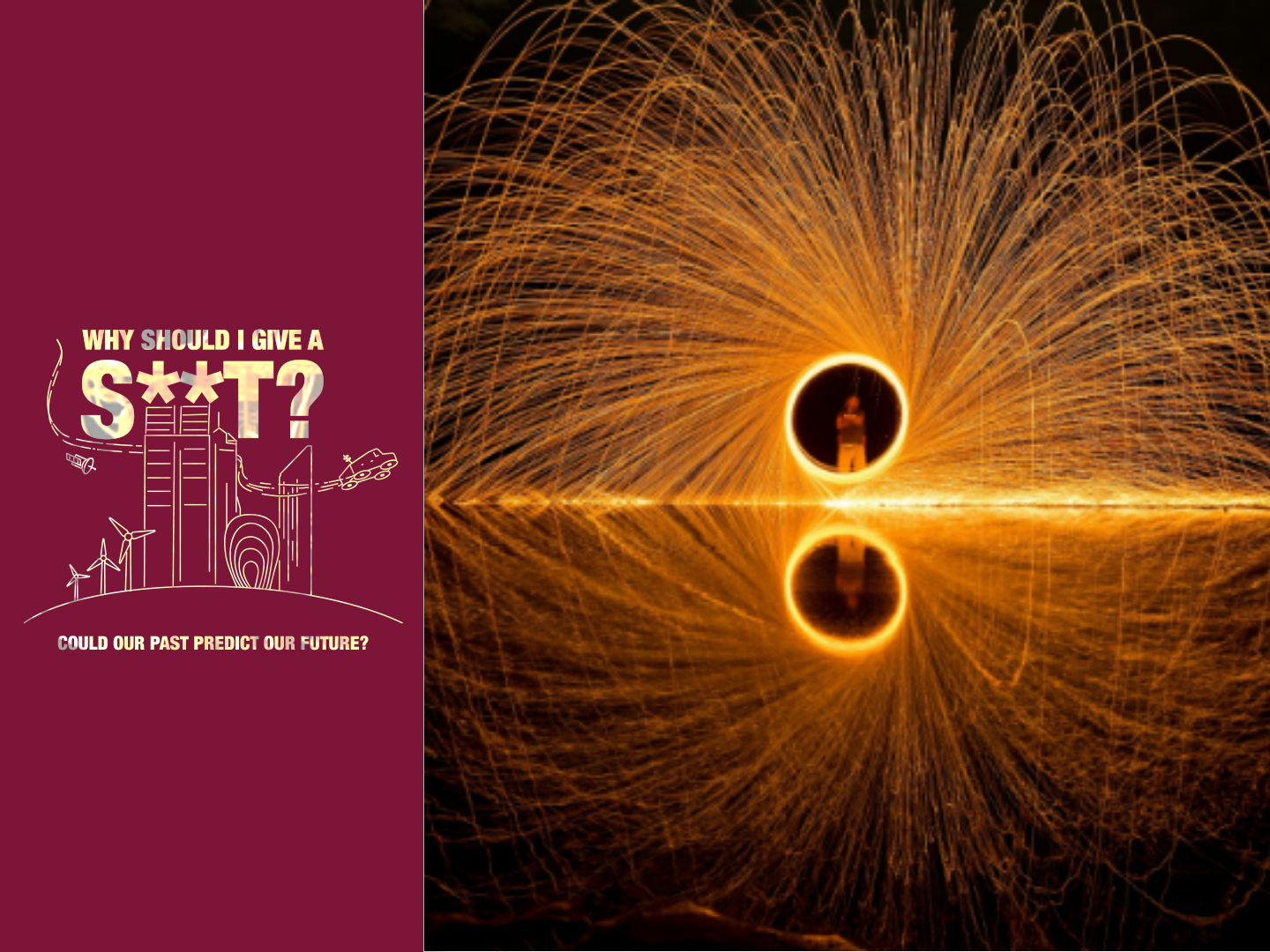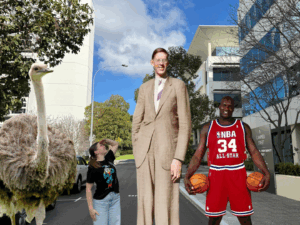In 2012, in a 27 kilometre tunnel beneath the Franco-Swiss border, two protons travelling at nearly the speed of light (99.9999991% of the speed of light to be precise) smashed together. This collision set off a cascade of creation.
The energy from this high-speed collision produced a particle that had long been theorised – the Higgs boson.
This elusive particle almost instantaneously began to decay into pairs of photons, W bosons and Z bosons. This was over in an instant, lasting mere femtoseconds (a single femtosecond is a quadrillionth or 10−15 of a second).
Thanks to its decay products, scientists at the European Organization for Nuclear Research (CERN) were able to tell the mysterious boson had been there.
Almost 50 years after it had been theorised, the culprit was identified by its footprint alone.
AN INVISIBLE FIELD
The particle proved the existence of the field that bears it. The Higgs boson is a ‘ripple’ or excitation in the Higgs field, just as a photon is an excitation in the electromagnetic field.
The discovery justified what scientists had long believed: there is a quantum field throughout the universe that interacts with fundamental particles – quarks, electrons and so on – to give them mass.
The universe would look very different without the Higgs field. Electrons would travel at the speed of light, as photons do, and could not be organised into atoms and molecules. We – and the world we know – would not exist.
However, the discovery of the Higgs boson is yet to make a direct impact on human life (although CERN has pointed out that many of the technologies developed to find it are now used around the world).
Caption: The Large Hadron Collider at CERN
Credit: Maximilien Brice (CERN)/Wikimedia Commons
WHO PAYS?
One of the first Google search options to appear when typing “was the Large Hadron Collider” is “a waste of money”.
CERN is publicly funded by 23 member states and associated members. The Large Hadron Collider, in which this famous collision occurs, became operational in 2008 – the year of the global financial crisis.
When CERN announced its hopes to build a new tunnel for a higher-power collider for an estimated A$28 billion, the project’s hectic calculus raised eyebrows – within the physics community and more broadly.
Projects like those carried out at CERN raise questions. What is the value of science that doesn’t materially benefit humanity? Is pouring funding into research that tells us more about our place in the universe a frivolous waste of taxpayer money or an essential part of what makes us human?
CURIOSITY-DRIVEN SCIENCE
For Holger Meinke, a professor of global food sustainability at the University of Tasmania, the allocation of science funding is a complex issue.
While he doesn’t doubt the value of the pursuit of knowledge, Holger feels funding is overly weighted towards pure research at the expense of other applied disciplines, notwithstanding fields like medicine and engineering.
“A lot of the people responsible for science funding come from very highly regarded scientific backgrounds, with that sense of purity around them,” says Holger.
“The issues we really need to address as humanity aren’t often pure – they’re at the interface of a lot of the sciences.”
This question of benefit is integral to science funding, some of which comes directly from the taxpayer. Governments in Australia spent a cumulative $3.3 billion on research and development in Australian universities in the 2017/18 financial year.
“I think people generally recognise that curiosity-driven research is important to do,” says Paul Race, a professor of biotechnology at Newcastle University.
“But where the tension exists is that much research is funded by the taxpayer, and on that basis, there’s an expectation that there should be reciprocal benefit.
“Is the pursuit of knowledge enough of a payoff for people’s tax dollars?”
THE PURE TO APPLIED PIPELINE
Paul says pure science has often fuelled society’s greatest innovations.
“People didn’t set out to discover antibiotics,” says Paul.
“People set out to figure out bacterial genetics and microbiology, and as an offshoot of that, we have completely changed the way that we treat infectious disease and we’ve saved billions of lives over 100 years.”
Caption: The accidental discovery of antibiotics unintentionally revolutionised medicine
Credit: Dr Graham Beards via Wikimedia Commons
“These fundamental discoveries often provide us with watershed moments that then have huge impacts in applied situations.”
André Lukas, Head of Theoretical Physics at the University of Oxford, agrees. He says perspectives that see pure science as valueless are short-sighted.
“Things that were highly theoretical and pure science 100 years ago are today things we couldn’t live without,” says Andre. “The distinction is a very time-dependent one.”
Without Einstein’s theory of general relativity, GPS trackers would fail to accurately pinpoint location data.
Semiconductors, which are crucial for modern electronics, work on the principles of quantum mechanics.
THE VALUE OF KNOWLEDGE
When it comes to investment, Paul believes a portion of funding should be ring-fenced for ‘pure’ scientific research.
“You need these kinds of high-concept, curiosity-driven new discoveries to drive transformative solutions,” says Paul.
More than 10 years ago, Tao Han, a theoretical physicist at the University of Pittsburgh and an expert on the Higgs, was asked to describe how it might transform society.
“High-energy physics, or elementary particle physics … is driven by human curiosity and the pursuit for pure knowledge,” he said. “The discovery of the Higgs boson is like a newborn baby: No one can predict the usefulness at this early stage, but that’s our future.”
That the discovery of the Higgs boson might one day transform society in ways we can’t yet fathom is tantalising. But even if that never occurs, does the discovery lose its value? Or does knowledge have its own incalculable value?
For some, the pursuit of knowledge is an essential facet of human nature. Curiosity is seen as both an adaptive trait crucial to our evolution as a species and a necessary marker of healthy development in childhood.
“It’s human nature to explore the underlying fabric of the world and the universe,” Andre says .
“Shouldn’t we be doing what’s in our nature?”









